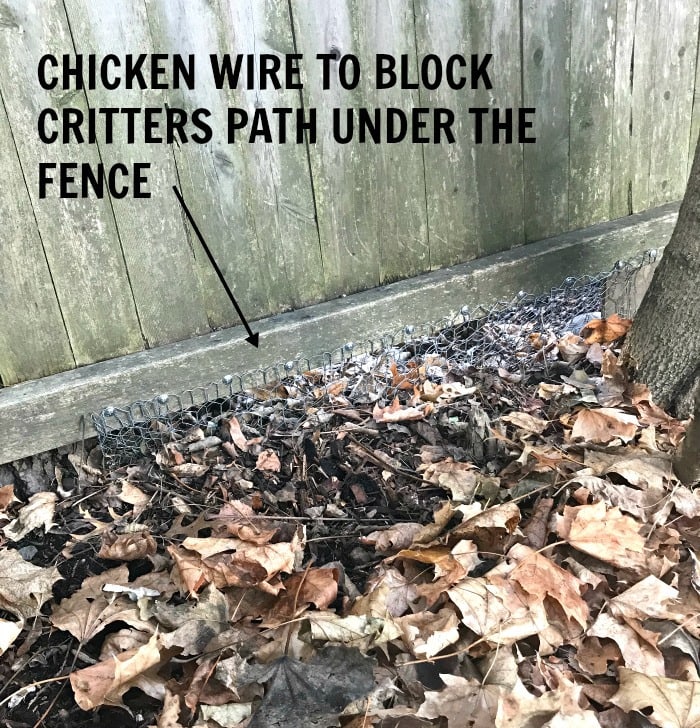

In photonics, the chicken-wire effect is a predominant pattern of low transmission lines between multifiber bundles in a fiberoptic used to couple the intensifier tube to the CCD sensor. In chemistry, molecules with fused carbon rings are often compared to chicken wire - see chicken wire (chemistry). ĭuring World war II it was also commonly put on helmets by German soldiers to cover the helmet and camouflage it with plants and branches. The installation of these systems caused a countrywide shortage of chicken wire in the United Kingdom. ĭuring World War II, the fine wire used to make chicken wire was used to make large wire ground mats for radar systems, evening out the random reflections from the uneven ground below. Soon the firm of Barnard, Bishop & Barnard, established in Norwich, was selling wire netting all over the world. He based his design on cloth weaving machines. It can also be used to make the armature for a papier-mâché sculpture, when relatively high strength is needed.Ĭharles Barnard, a British ironmonger, built the world's first wire-netting machine in 1844. Concrete reinforced with chicken wire or hardware cloth yields ferrocement, a versatile construction material. In construction, chicken wire or hardware cloth is used as a metal lath to hold cement or plaster, a process known as stuccoing. Chicken wire is occasionally used to build inexpensive pens for small animals (or to protect plants and property from animals) though the thinness and zinc content of galvanized wire may be inappropriate for animals prone to gnawing and will not keep out predators. Available in 1⁄ 2 inch (about 1.3 cm), 1 inch (about 2.5 cm) diameter, and 2 inch (about 5 cm), chicken wire is available in various gauges-usually 19 gauge (about 1 mm wire) to 22 gauge (about 0.7 mm wire). It is made of thin, flexible, galvanized steel wire with hexagonal gaps. Chicken wire, or poultry netting, is a mesh of wire commonly used to fence in fowl, such as chickens, in a run or coop.


 0 kommentar(er)
0 kommentar(er)
